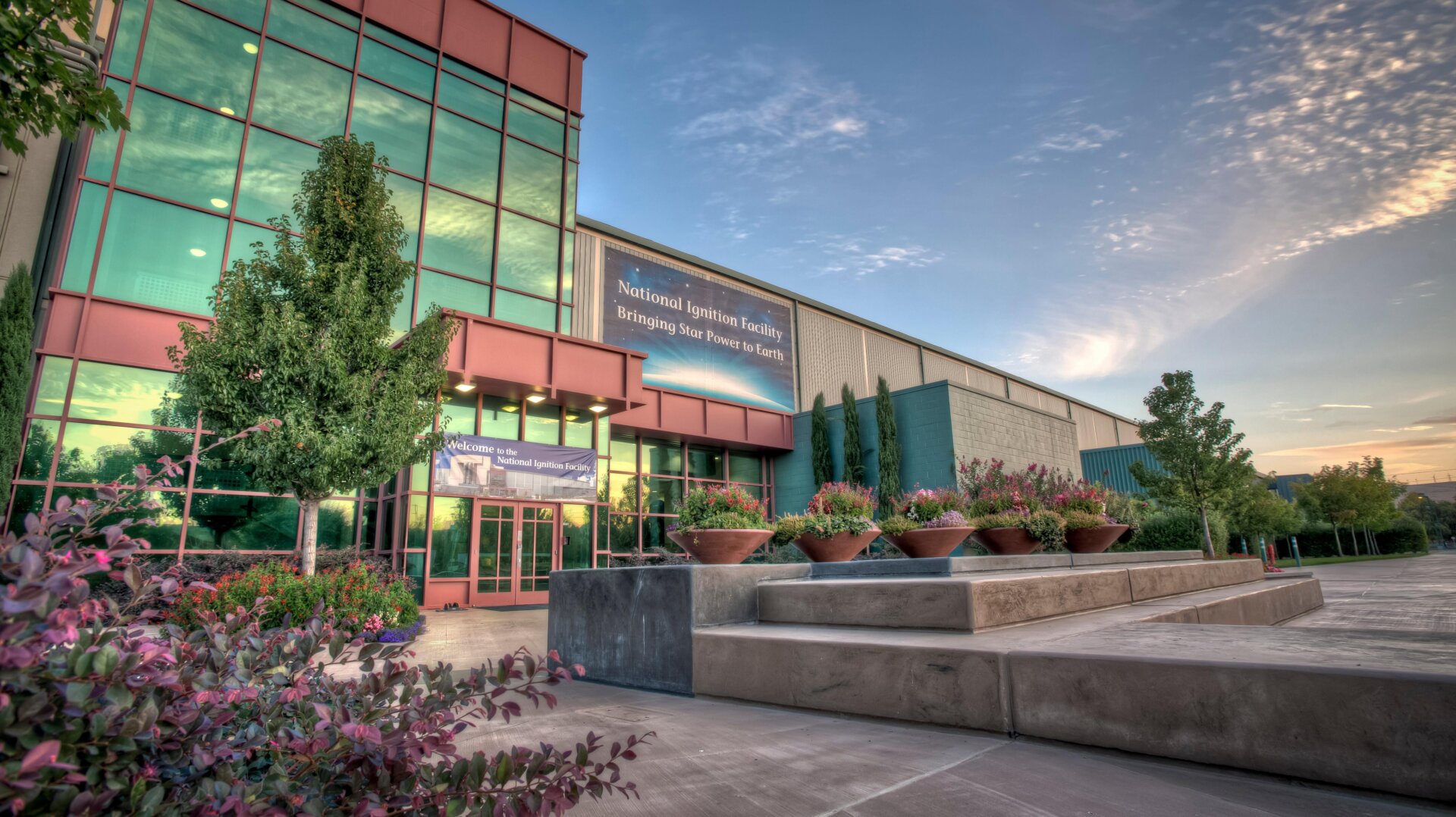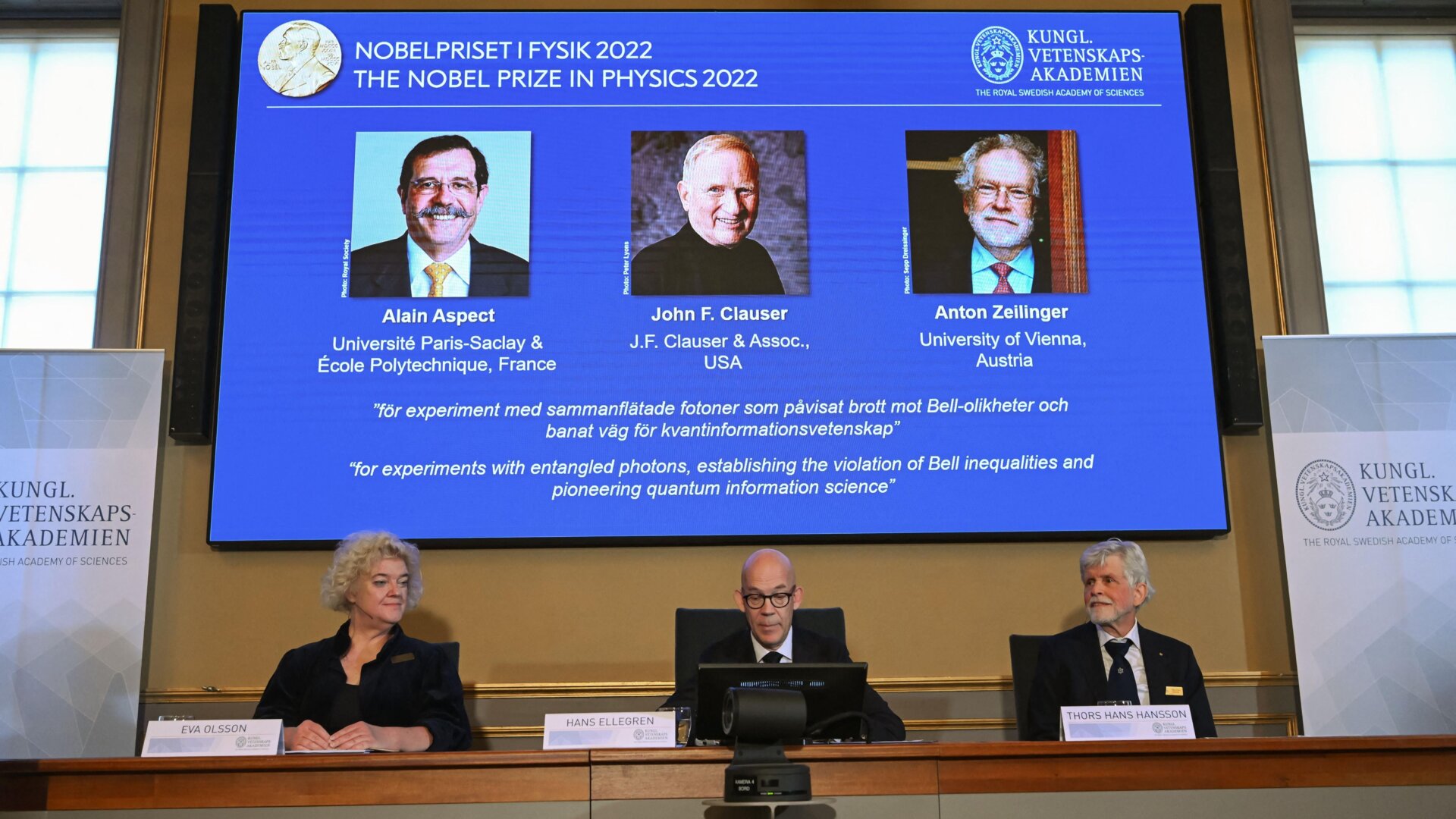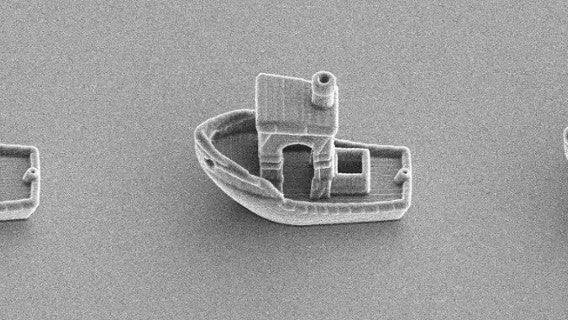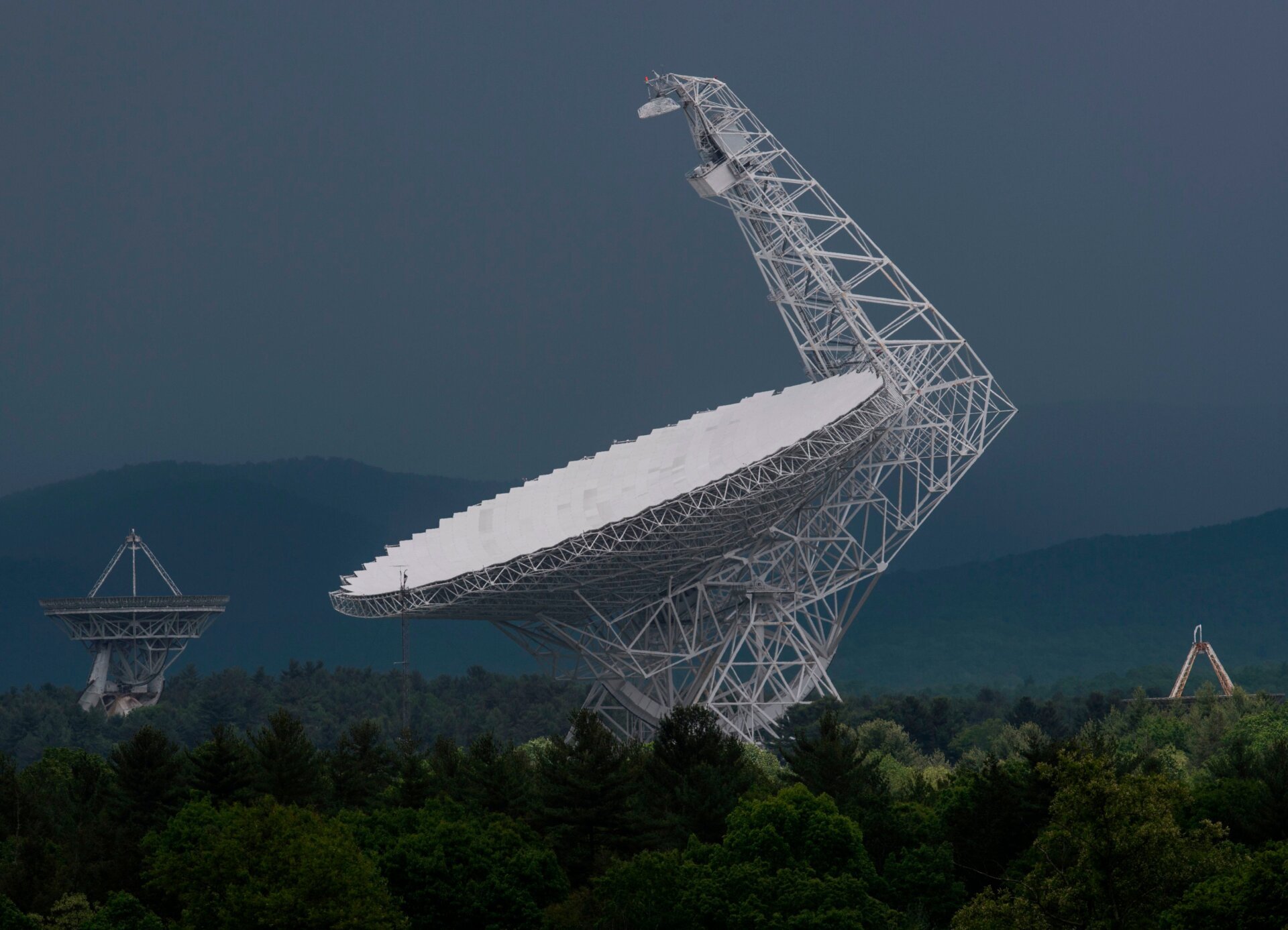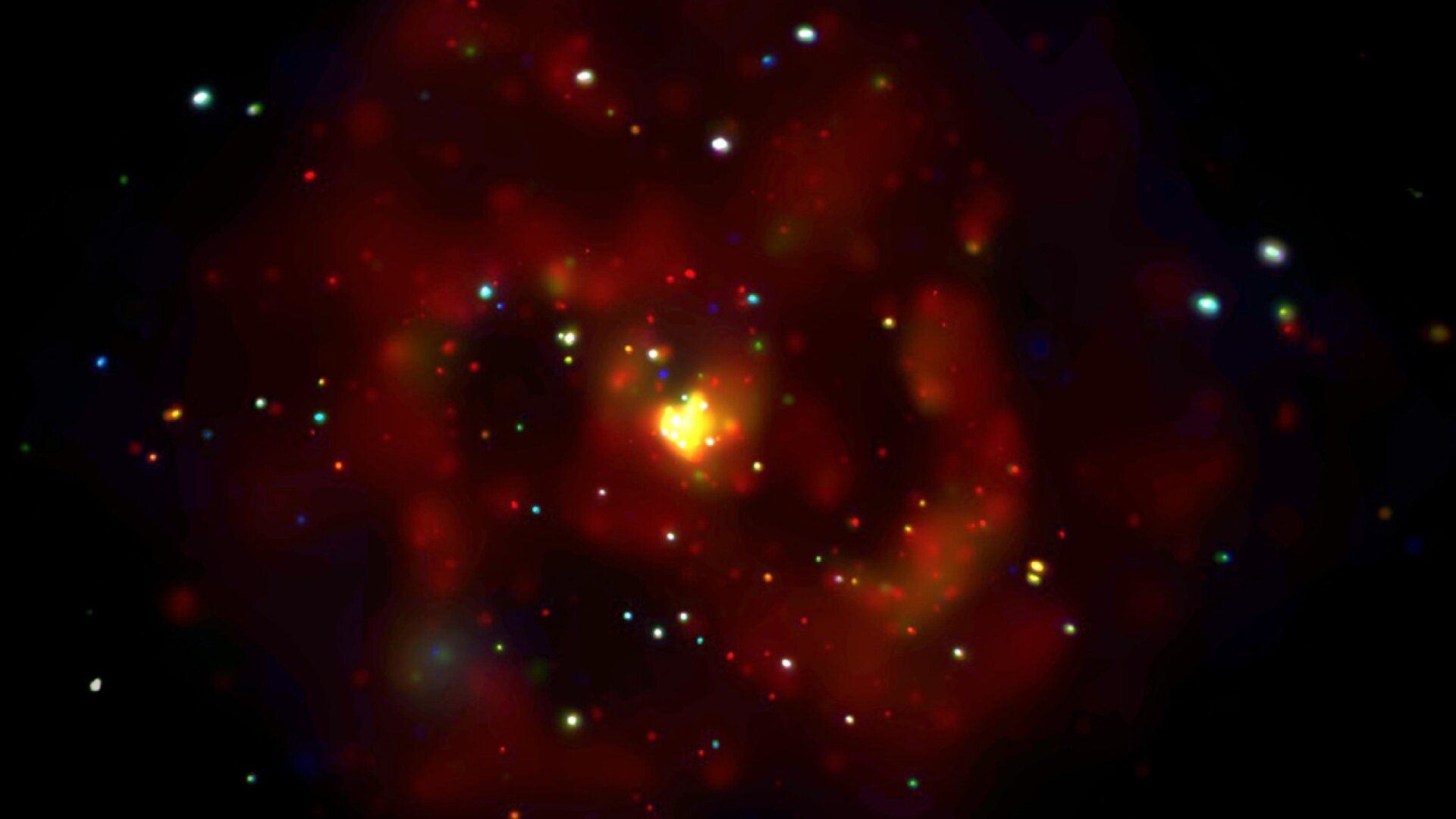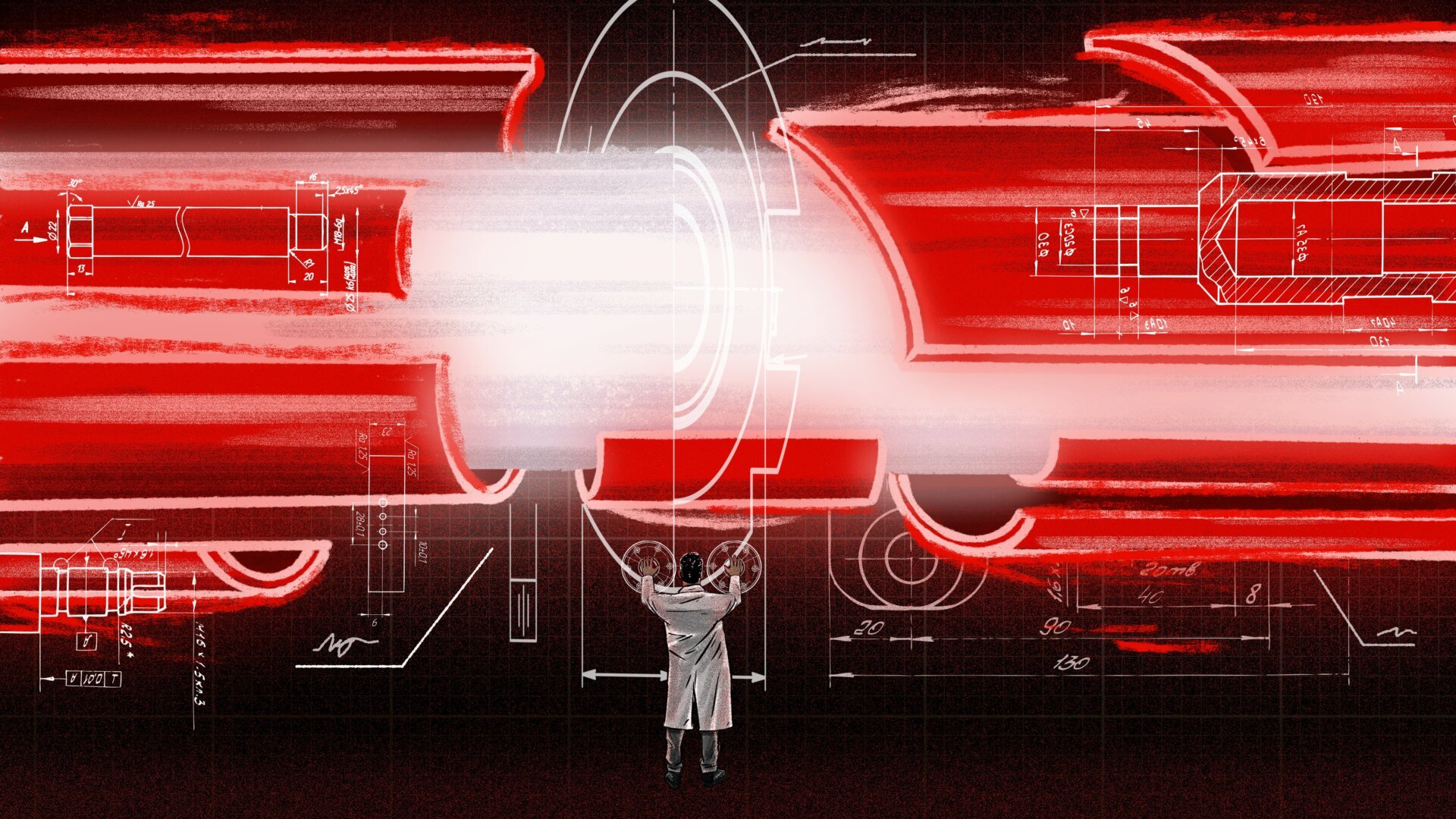The US Department of Energy (DOE) has announced a historic achievement in nuclear fusion research: achieving net energy gain in a fusion reaction. This groundbreaking milestone, confirmed at a press conference on December 13, 2022, signifies a major leap towards realizing the “holy grail” of clean energy.
The breakthrough occurred at the National Ignition Facility (NIF) within the Lawrence Livermore National Laboratory (LLNL). For the first time, scientists produced more energy from a fusion reaction than the energy required to initiate it. This achievement, while still in the research phase, marks a critical step towards developing a zero-carbon energy source with the potential to revolutionize global power generation.
A Historic Leap for Clean Energy
The DOE’s announcement has been hailed as a decades-in-the-making breakthrough. The net energy gain, though significant, doesn’t mean fusion power is immediately ready for commercial deployment. Substantial hurdles remain, including scaling the technology, reducing costs, and addressing various engineering challenges. Nevertheless, this achievement validates decades of research and investment, bringing the prospect of sustainable, clean fusion energy closer to reality.
Details of the Breakthrough
The Financial Times first reported the anticipated announcement, revealing that the NIF had achieved net energy gain. The press conference, featuring key figures like Energy Secretary Jennifer M. Granholm and LLNL Director Kim Budil, confirmed these reports. They elaborated on the details of the experiment and its implications for the future of energy and national security.
The success at the NIF involves inertial confinement fusion, a method that uses powerful lasers to compress a target containing hydrogen isotopes. This compression creates extreme temperatures and pressures, mimicking the conditions within the sun, and triggering fusion. Achieving ignition, where the fusion reaction becomes self-sustaining, has been a long-standing goal of fusion research.
Long Road Ahead, But Hope Remains
While this breakthrough is a momentous event, experts caution that practical fusion power generation remains years, if not decades, away. The challenges of scaling the technology to a commercial level are immense. The cost of building and operating fusion power plants will also be a major factor.
Beyond Fusion: LLNL’s Diverse Research
The fusion breakthrough comes on the heels of another significant achievement by LLNL. Researchers recently published a study in Nature detailing their analysis of 2-million-year-old DNA recovered from permafrost in Northern Greenland. This discovery, facilitated by the laboratory’s Center for Accelerator Mass Spectrometry, offers unprecedented insights into ancient ecosystems and climate change.
Conclusion: A New Era for Energy?
The achievement of net energy gain in nuclear fusion marks a pivotal moment in the pursuit of clean energy. While significant challenges remain, this breakthrough invigorates the field and provides tangible evidence that fusion power, once considered a distant dream, may one day become a reality. The DOE’s announcement signifies a new chapter in energy research, offering a glimpse into a potential future powered by a clean, sustainable, and virtually limitless energy source.



